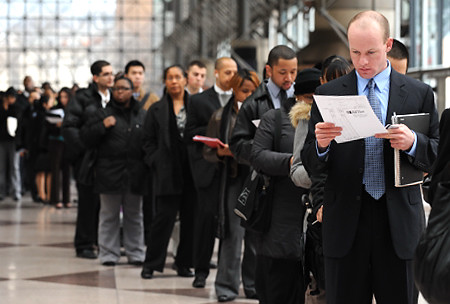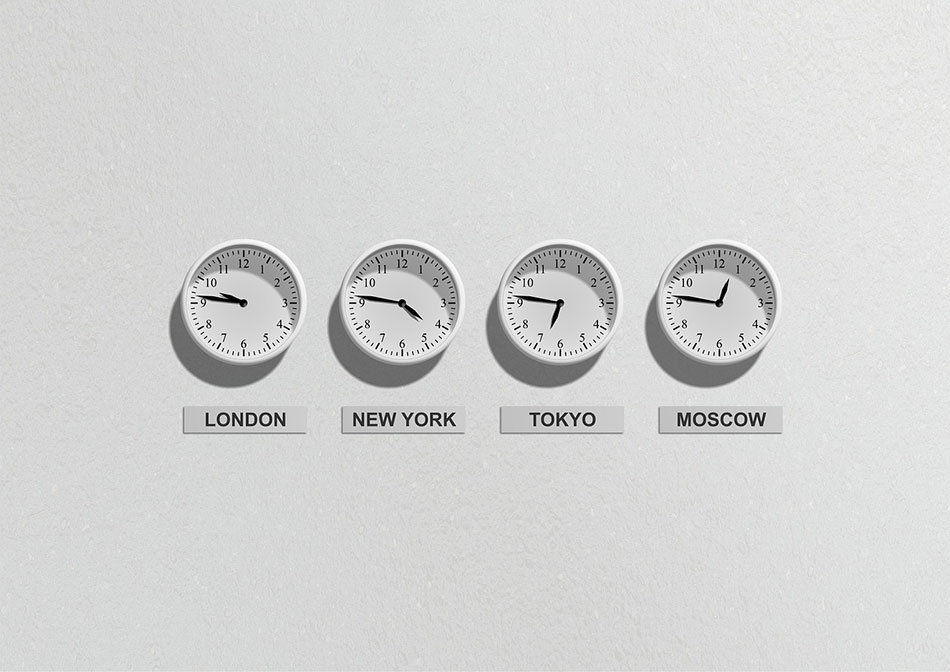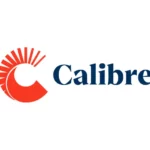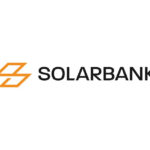The future seems bright for the US economy as growth statistics suggest it is rebounding faster than expected and well on its way towards full recovery. Moreover, with businesses reopening and increased government spending for Covid relief, the economy saw an uptick for the first three months of 2021.
Relative to the statistics for the previous year, economic growth was at a 6.4% annualized rate during the first quarter, compared to only 4.3% during the same quarter in 2020. However, experts warned that present recovery is still uneven and that full recovery will take years.
Economy ‘accelerating quickly’
Financial pundits have been quick to laud the economic recovery following a sharp contraction last year. Nevertheless, they caution that it will take several years more for a full recovery from the pandemic-induced recession.
Charles Schwab UK managing director Richard Flynn noted that the US economy is “on solid footing” and “accelerating quickly” and, in all likelihood, poised for continued growth.
Flynn added that the US economy is at its “sharpest ‘V’” in history, marked by deep recession then remarkable recovery in only five quarters.
Public confidence up with vaccines, unemployment subsidies
Many factors can explain this rapid economic recovery. A critical factor was building up public confidence through vaccination rollouts across the country. These rollouts eased anxieties and propped up local demand, enabling businesses to open their doors once again.
Furthermore, the Biden administration’s strong stimulus response helped. It released two more cycles of Covid relief checks. Recently, households received extensions on unemployment subsidies as well as one-off checks worth $1,400.
Such confidence-building policies have spurred economic growth and created more jobs.
As a result, consumer spending hit the roof with its highest rate in 14 months in April.
So far, US spending on Covid relief has reached $6 trillion beginning May, and Biden announced his plan for another $4 trillion fresh stimulus spending during his report to Congress on Wednesday.
Whether or not Biden’s ambitious economic blueprint will earn support from moderate Democrats remains to be seen. On the other hand, the Republicans are fiercely against the new stimulus plan, citing fears over inflation and a spike in debt.
An uptick in business activity, dropping jobless claims
The US Federal Reserve downplayed such fears. It announced that it has not strayed from its benchmark interest rate at 0% – 0.25% and registers that economic growth needs to be supported.
According to the Federal Reserve chair Jerome Powell, there is visible progress in the US economy, but this recovery remains uneven at best.
Meanwhile, jobless claims are at a record-breaking low, based on data from the US Labor Department. State unemployment benefits decreased by 13,000 to 553,000 as of the week ending April 24. This is compared to 6.149 million jobless claims during the same week last year and 16.6 million unemployment beneficiaries during April first week.
While this is good news, experts say that employment levels will recover to their pre-pandemic levels after a few more years.
Robert Frick, an economist at Virginia-based Navy Federal Credit Union, said that given the “powerful economic momentum,” a fully-functioning US economy can be expected by the second quarter.














